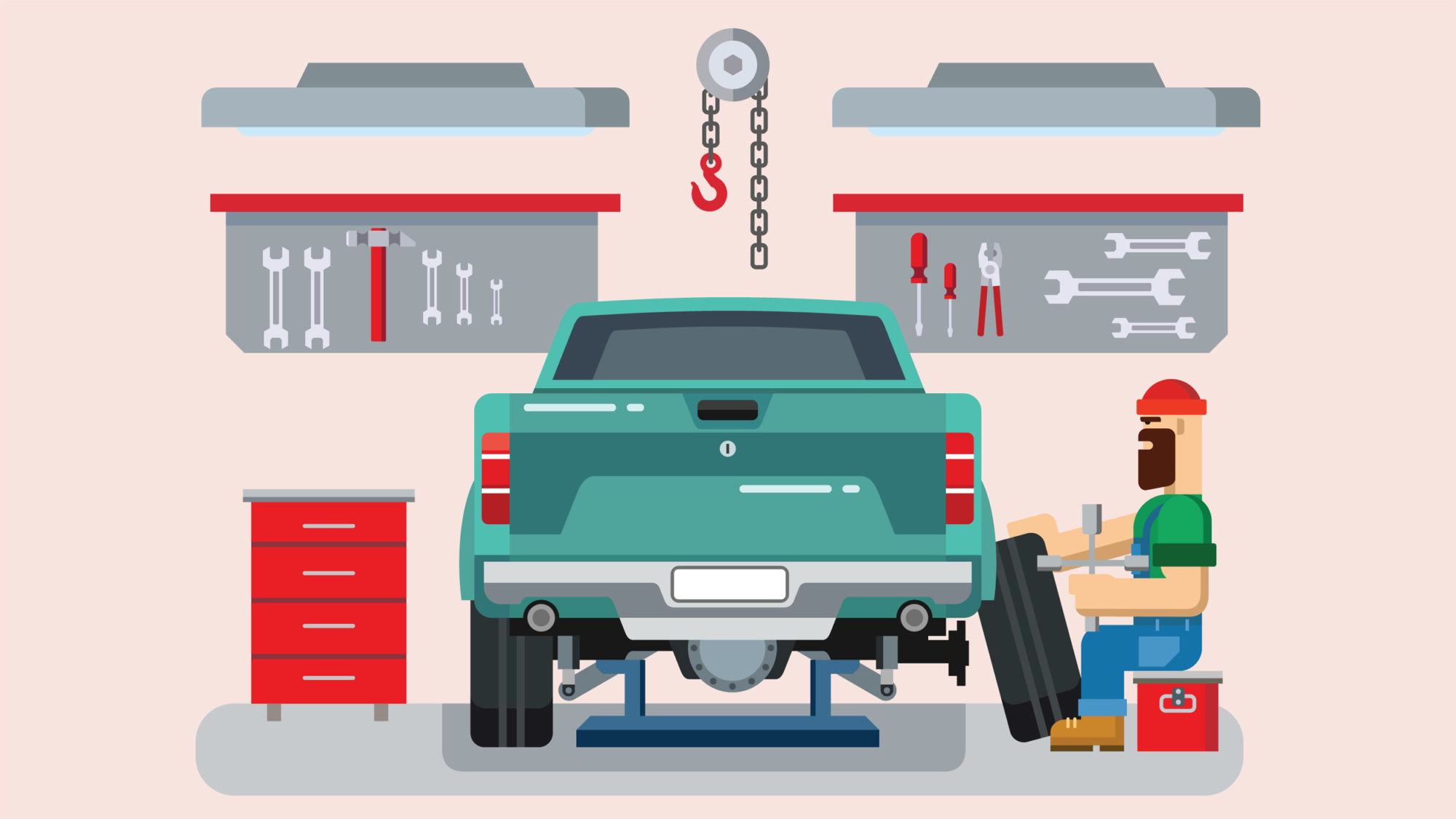Oh no! Your older car wouldn’t start and had to be towed to a garage. Now, the technician is rhyming off a laundry list of concerns—which will cost almost as much to fix as the car is worth. You can’t help but wonder: Is it time to give up on repairs and get a new vehicle?
“I get asked that question often,” says Stacy Dolynny, owner of Hart Transmission and Mechanical, an Approved Auto Repair Services (AARS) facility in Sherwood Park. “Let’s say your car is worth $5,000 and the repair bill is $1,200. Can you replace the vehicle for $1,200? That’s the question you have to answer.”
Dolynny also points out that there’s a significant difference between a work vehicle and a commuter vehicle. The former, like a tow truck or delivery van, might have costly fitted accessories, while a commuter car is more easily replaced.
So what are the signs that you and your ride should part ways?
BE AWARE OF RUST
“If there’s any rust on the structure—if the frame of the vehicle, or any of the main suspension components, is compromised—the vehicle should be recycled,” Dolynny says. After all, such corrosion would mean failure on the safety inspection that’s mandatory for all automobiles brought into Alberta for sale. “Some superficial rust is probably fine, but if there’s a hole the size of your fist in the fender, it’s not a good situation.”
MORE TO READ
Car care tips to help you gear up for road-trip season
PRICEY PARTS
Engines and transmissions are particularly expensive to replace. Depending on the model and year of a vehicle, its engine will be at least several thousand dollars—and a replacement transmission can cost even more. “Quite often, the repair bill on a newer continuously variable transmission can be $4,000 to $8,000,” Dolynny says. “If you have an $8,000 to $10,000 car, and the transmission or engine repair will end up costing close to that amount, you’re throwing good money after bad—even if the car is otherwise pristine.”
WHAT TO DO?
Wondering whether your vehicle’s next repair ought to be its last? Have a qualified technician perform a thorough mechanical inspection. It’ll cost about an hour’s labour, and will identify potential causes for concern before they happen. Trust AARS shops for an honest opinion; they won’t exaggerate your vehicle’s problems.
MORE TO READ
A used vehicle inspection helps ensure you don’t buy a lemon
An inspection is also important if you’re buying a used car and want an idea of its life expectancy—especially if you’re buying from a private seller or a small dealership. “People buy their car and then get it inspected. It’s the most backward thing I’ve ever seen,” says Dolynny. “I always tell my clients: You’ll make your money back on the inspection because we’ll likely find something. And you can use that knowledge when you negotiate the price of the vehicle.”
EASY DOES IT
Attending to minor maintenance can help stave off bigger problems down the road
Lubrication: Regular oil changes are essential for maintaining your vehicle’s engine. Save 10% on oil changes, parts and service (to a maximum of $10) at Mr. Lube.
Battery tender: This device maintains your battery’s proper storage voltage. Buy one from any AMA centre and use it if you go for long periods without driving.
Belts and hoses: If you have some expertise, it’s possible to replace worn engine belts and hoses yourself. Save 10% at NAPA Auto Parts.
Rust proofing: Have an undercoating applied to your car to seal out moisture and prevent rust from forming on high-impact areas.
